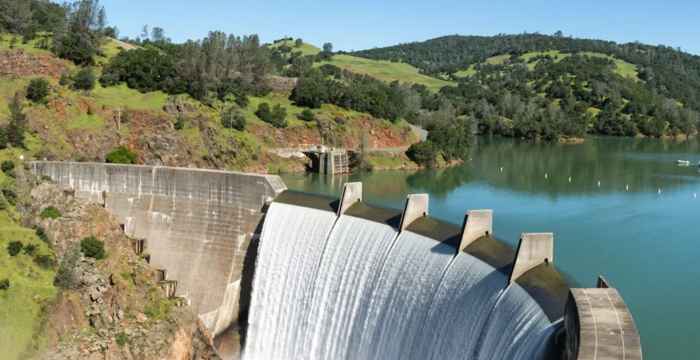Portugal’s Islands Leading the Way: Azores and Madeira
Islands around the world are at the forefront of the transition to renewable energy, and Portugal’s islands, the Azores and Madeira, are setting bold examples. With ambitious targets, significant investments, and innovative technologies, these regions are proving that remote, isolated communities can lead in the fight against climate change.
Azores: Building a Geothermal and Wind Future

The Azores, a volcanic archipelago in the North Atlantic, is making major strides toward a greener future, aiming to generate 60% of its electricity from renewable sources by 2030. Several key initiatives are already in operation:
-
Pico Alto Geothermal Plant (Terceira Island):
Commissioned in 2017, this facility produces approximately 4.5 MW, providing around 10% of Terceira’s electricity demand. Geothermal energy is particularly well-suited to the Azores’ volcanic geology, offering a stable, baseload source of clean power.
-
Wind Farms:
Wind power supplements the energy mix across islands like São Miguel, Terceira, and Graciosa.
- Graciosa Wind Farm contributes 4.5 MW, integrating with battery storage systems.
- São Miguel operates several small-scale wind projects totalling more than 10 MW.
-
Quantified Impact:
Currently, renewables (including geothermal, wind, and hydro) provide approximately 40% of the Azores’ overall electricity generation, with geothermal playing a growing role.
-
Investment and Companies:
- The Pico Alto project cost around €21 million, co-financed by the Azorean government, the European Regional Development Fund (ERDF), and private stakeholders.
- EDP Renováveis and EDM (Empresa de Desenvolvimento Mineiro) have been key players in geothermal development.
- Wind farms have been largely developed by EDA Renováveis, a subsidiary of the regional utility Electricidade dos Açores (EDA).
Madeira: Innovating with Ocean and Hydro Energy
Madeira, a mountainous island known for its dramatic landscapes, already produces about 30% of its electricity from renewable sources, primarily hydropower and wind.

-
Hydroelectric Power:
The Calheta III hydro plant and others provide steady generation, particularly during the rainy season.
-
Wind Energy:
Several wind farms, like the Paul da Serra Wind Farm , contribute about 20 MW, or approximately 10-15% of the island’s needs.
Major New Frontier: Ocean Thermal Energy
Madeira is testing ocean thermal energy conversion (OTEC), a promising but still experimental technology that uses the temperature difference between warm surface seawater and cold deep seawater to generate power.
-
Pilot Project:
A pilot OTEC facility, developed in partnership with Global OTEC Resources and local energy agencies, is underway. If successful, this could be scaled up to provide 2–5 MW initially, potentially expanding further.
-
Quantified Impact:
If fully implemented, ocean thermal energy could eventually cover up to 15% of Madeira’s electricity demand.
-
Investment and Companies:
- The pilot OTEC project is valued at around €7 million, supported by European innovation funds and private investment.
- Local utilities like Empresa de Electricidade da Madeira (EEM) and international players like Global OTEC Resourcesare spearheading these efforts.
Challenges and Opportunities
While the Azores and Madeira are making impressive progress, challenges remain:
- Grid Stability: Islands have small, isolated grids, making it difficult to integrate intermittent sources like wind and solar without extensive storage solutions.
- Costs: Although renewables reduce long-term fuel import costs, the upfront infrastructure investments are substantial.
- Maintenance and Innovation: Harsh marine environments (especially for OTEC and offshore wind) require robust engineering and constant innovation.
Yet, the long-term benefits are clear: energy independence, lower emissions, and a leadership position in clean technologies that could be exported to other island and coastal communities worldwide.
The Azores and Madeira are proving that even small, remote regions can lead the charge into a renewable future. With investments in geothermal, hydro, wind, and now ocean thermal energy, they are building a resilient, sustainable energy model. As projects like Pico Alto expand and OTEC technology matures, Portugal’s islands could soon achieve, or even surpass, their renewable energy targets, setting a blueprint for others to follow.
The post Shifting Tides: Islands Turning to Renewable Energy first appeared on Haush.
